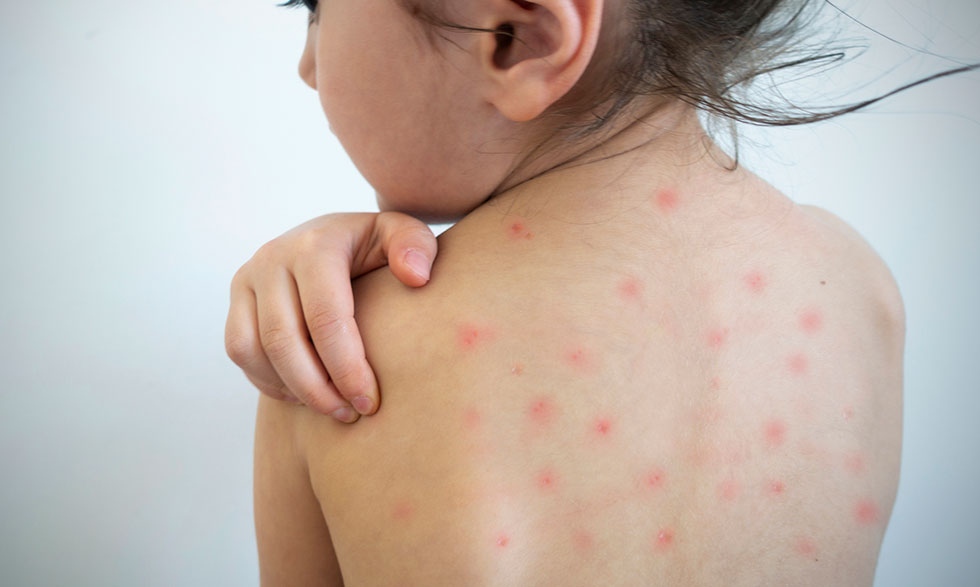Residents along Palmyra Drive in Tega Cay should be aware that Harmful Algal Bloom (HAB) conditions are present in parts of Lake Wylie, and local officials are advising caution. HAB advisories remain active in Snug Harbor, Boyd’s Cove, and a cove in the Tega Cay area.
 What’s Happening Now
What’s Happening Now
- Active blooms of cyanobacteria (a type of blue‑green algae) have been confirmed in Boyd’s Cove and Snug Harbor Cove on Lower Lake Wylie.
- Officials note the potential for additional blooms to form in other coves, including those closer to the Tega Cay shoreline.
- Because the Tega Cay cove is part of the broader advisory area, those near Palmyra Drive are urged to stay alert for visible signs of HABs in the water nearby.
Health Risks & Impacts
- Cyanobacteria can produce toxins that are harmful to humans and animals if ingested, inhaled, or through direct skin contact.
- Dogs and other pets are especially vulnerable to these toxins and can suffer severe illness or death from exposure.
- Physical indicators of HABs include:
- Green scum or mats floating on the surface
- Paint‑like streaks
- Foam or slimy patches
- Discolored water (greenish, bluish tones)
Because the presence of toxins can’t be reliably judged by appearance alone, any suspicious patches should be avoided.
Safety Guidance
- Do not swim, wade, or let your pets enter the water in the affected areas (Snug Harbor, Boyd’s Cove, and the Tega Cay cove) until the advisory is lifted.
- Avoid contact with algae mats, scum, or discolored water even outside the primary hotspots.
- After any unintended contact, wash thoroughly with fresh water.
- Monitor your pets closely. If a pet shows symptoms such as drooling, vomiting, difficulty breathing, weakness, collapse, or seizures, seek veterinary care immediately.
- Report suspected blooms in South Carolina by calling SCDES at 803‑898‑8374.
Community Role & Next Steps
Local authorities and environmental agencies are conducting ongoing monitoring to track bloom conditions and update advisories as needed.
As seasonal factors like warm temperatures and nutrient runoff can worsen HAB formation, residents can help reduce risks by limiting fertilizer use, maintaining proper drainage, and promptly reporting suspicious water conditions.
The advisory will remain in effect until officials confirm that bloom conditions have subsided and toxin levels have dropped. Public notification will follow once it is safe to resume recreational use of the affected areas.
Sign up for our Sunday Spectator. Delivered to your inbox every Sunday, with all the news from the week.















